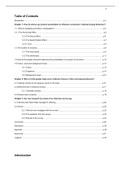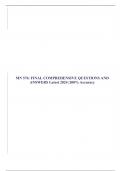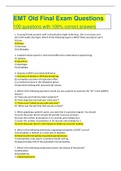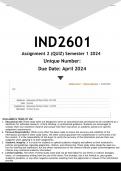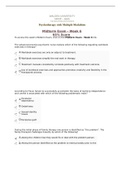Samenvatting
Samenvatting Why do people make irrational choises in their purchasing behaviour?
- Vak
- Bedrijfseconomie
- Niveau
- VWO / Gymnasium
Deel 2 van PWS. Het hele PWS staat te ook te koop. In dit deel gaan we in op de irrationele keuzes die consumenten maken in supermarkten. Er wordt ingegaan op de invloeden in het brein door verschillende marketing technieken etc. Hele PWS beoordeelt met een 8.0! Het is in het Engels vanwege tweetal...
[Meer zien]
